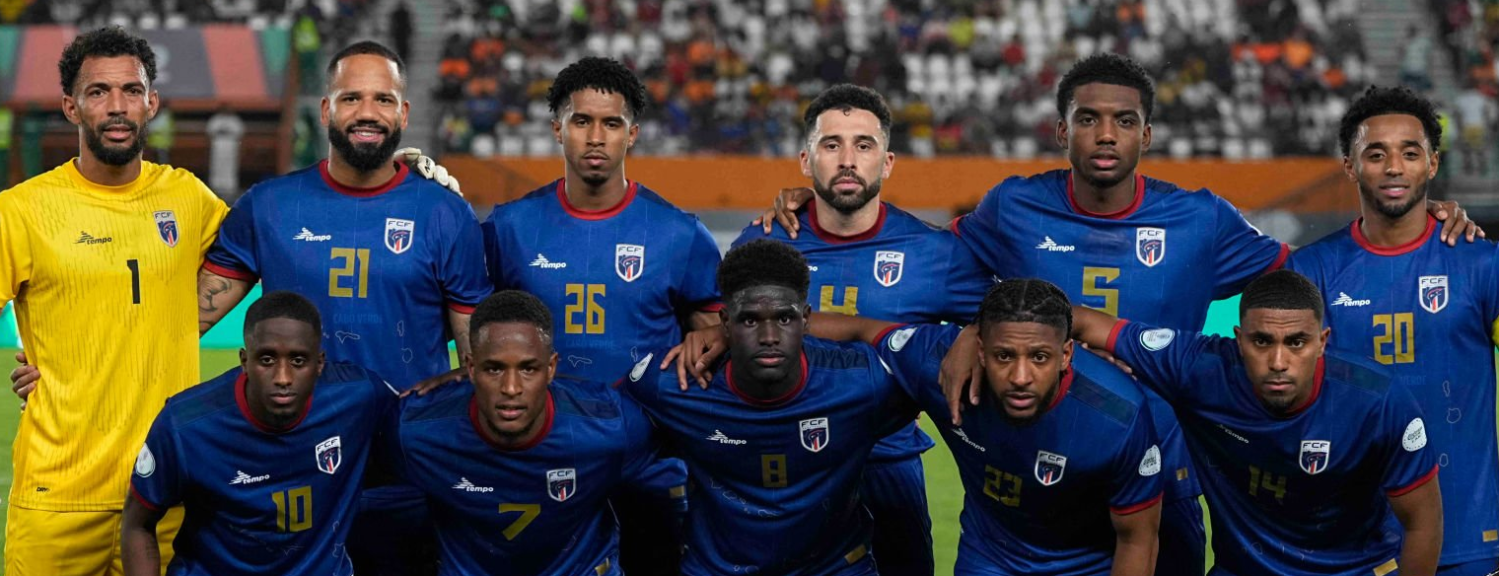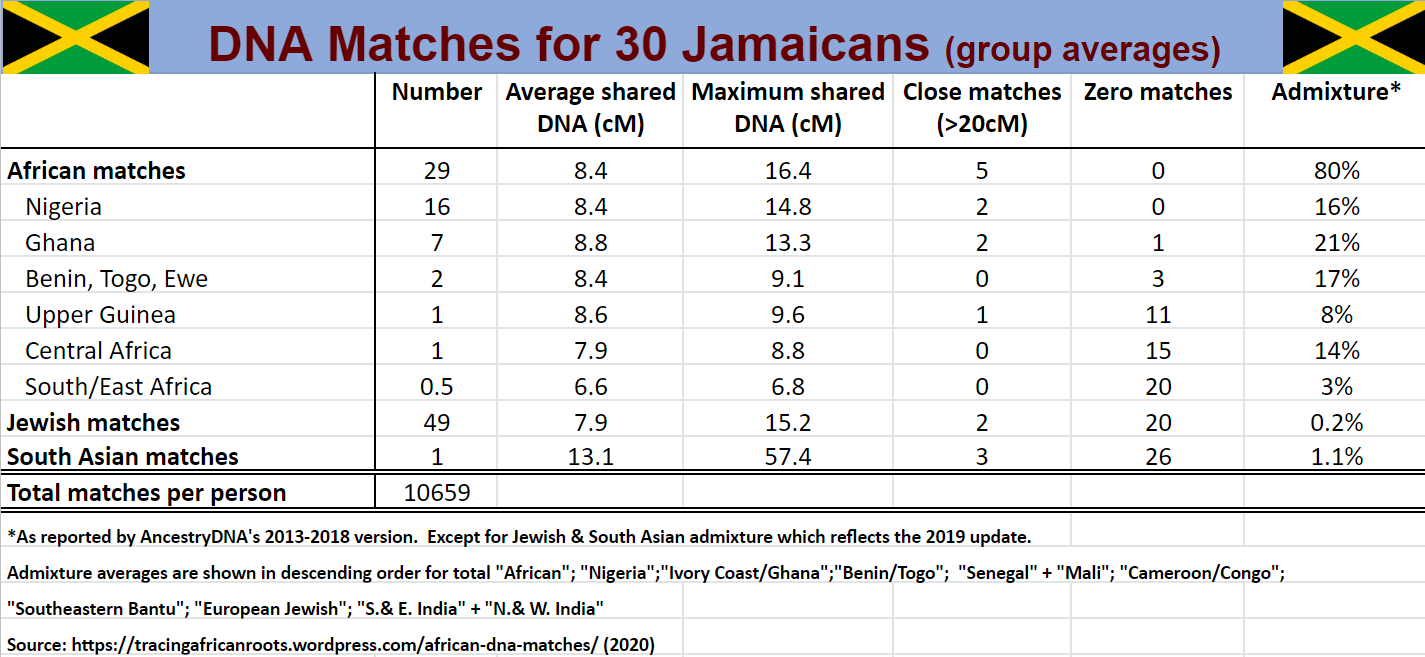
***
Ever since I got my first DNA test results in 2010 I have been researching my Cape Verdean roots from several angels. Of course everything starts with personal genealogy. But for deeper understanding I also take into account: population genetics, historical demography and cultural retention. In 2014 I created a separate website for this purpose: CVRAIZ: Specifying The African Ethnic Origins for Cape Verdeans. In 2015 (on this blog) I published my first survey findings based on Cape Verdean personal DNA test results. Furthermore I have always been applying a comparative analysis to see how Cape Verde fits in the broader picture of the Afro-Diaspora.1
In the last couple of years several new peer reviewed studies have been published using a similar research approach. So that makes it very interesting to compare notes with my own research findings! I will mainly focus on the most recent study “The Admixture Histories of Cabo Verde” (Laurent et al., 2023) (original title prior to peer review). But I will also refer to a few other studies.
The Admixture Histories of Cabo Verde (Laurent et al., 2023)
____________________
“Cabo Verdean Kriolu is the first creole language of the TAST, born from contacts between the Portuguese language and a variety of African languages. The archipelago thus represents a unique opportunity to investigate, jointly, genetic and linguistic admixture histories and their interactions since the mid-15th century.” (Laurent et al., p.4).
“We find that admixture from continental Europe and Africa occurred first early during the TAST history, concomitantly with the successive settlement of each Cabo Verdean island between the 15th and the early 17th centuries”. (Laurent et al., p.26).
“Finally, we find that recent European and African admixture in Cabo Verde occurred mainly […] in the 1800s“. (Laurent et al., p.27).
“our results highlight both the unity and diversity of the genetic peopling and admixture histories of Cabo Verde islands […].” (Laurent et al., p.27)
____________________
Figure 1 (click to enlarge) Source: Korunes et al. (2022). This plot shows how there’s shared ancestry between all islands. Even when the degrees of kinship will naturally be greater on each separate island and also among certain subsets of islands. In particular the socalled NW cluster (a.k.a. Barlavento islands) and Boavista. Fogo is being mentioned as having the highest incidence of endogamy. While this study also confirms that Santiago is clearly the oldest population of the entire island group. Based purely on their DNA analysis but in fact in line with known history!
Source: Korunes et al. (2022). This plot shows how there’s shared ancestry between all islands. Even when the degrees of kinship will naturally be greater on each separate island and also among certain subsets of islands. In particular the socalled NW cluster (a.k.a. Barlavento islands) and Boavista. Fogo is being mentioned as having the highest incidence of endogamy. While this study also confirms that Santiago is clearly the oldest population of the entire island group. Based purely on their DNA analysis but in fact in line with known history!
***
Recent studies on Cape Verdean Genetics
- A genetic and linguistic analysis of the admixture histories of the islands of Cabo Verde (Laurent et al., 2023).
- Sex-biased admixture and assortative mating shape genetic variation and influence demographic inference in admixed Cabo Verdeans (Korunes et al., 2022).
- Rapid adaptation to malaria facilitated by admixture in the human population of Cabo Verde (Hamid et al., 2021).
My own research
- 100 Cape Verdean AncestryDNA results (Fonte Felipe, 2018)
- DNA matches reported for 50 Cape Verdeans on AncestryDNA (Fonte Felipe, 2018)
- 100 Cape Verdean 23andme results (Fonte Felipe, 2021)
- Ethnic group matches on 23andme for 50 Cape Verdeans (Fonte Felipe, 2022)
***
I have been eagerly anticipating these most recent DNA studies on Cape Verdean genetics. And I am also very excited about the prospects for follow-up research. These new papers are firstmost a continuation of previous peer reviewed DNA studies about Cape Verde (see this link for an overview). In fact some outcomes repeat and reinforce my own earlier key findings (2011-2022).2 Still there are a few intriguing novelties as well. Providing meaningful insight.
I truly appreciate all the efforts of the research teams behind these studies. But I do have to point out that I have mixed feelings about the accuracy of the historical framework. Especially as provided by Laurent et al. (2023). This study seems to have overlooked an essential aspect of Cape Verde’s historical demography. Because most likely already in the late 1600’s a majority of the Cape Verdean population (both black and mixed-race) was no longer enslaved (see this table). Cape Verde is indeed part of the Atlantic Afro-Diaspora. And especially in its early history (1460-1660) Cape Verde was greatly impacted by the TAST (Trans-Atlantic Slave Trade). But several singular aspects about the Cape Verdean experience do require very careful and context-dependent analysis!
- Main outcomes
- Genetic clustering of Cape Verdeans according to island origins.
- Differentiation of African ancestry according to island origins.
- Greater genetic affinity with Wolof samples among Barlavento islanders
- Minor “Nigerian” and Central African lineage among Cape Verdeans
- Various admixture pulses but all islands have substantial shared ancestry from the 1500’s.
- Getting the historical context right
- Most Cape Verdeans (80+% of population) have been free of slavery since at least 1731
- Other points of critique.
- Suggestions for future research
- Sampling: apply criterium of 4 grandparents born on the same Cape Verdean island.
- More granular analysis of non-Senegambian/Iberian origins: Sierra Leone, Sephardi Jewish, Goa etc..
- New research agenda involving Cape Verdean Diaspora.













